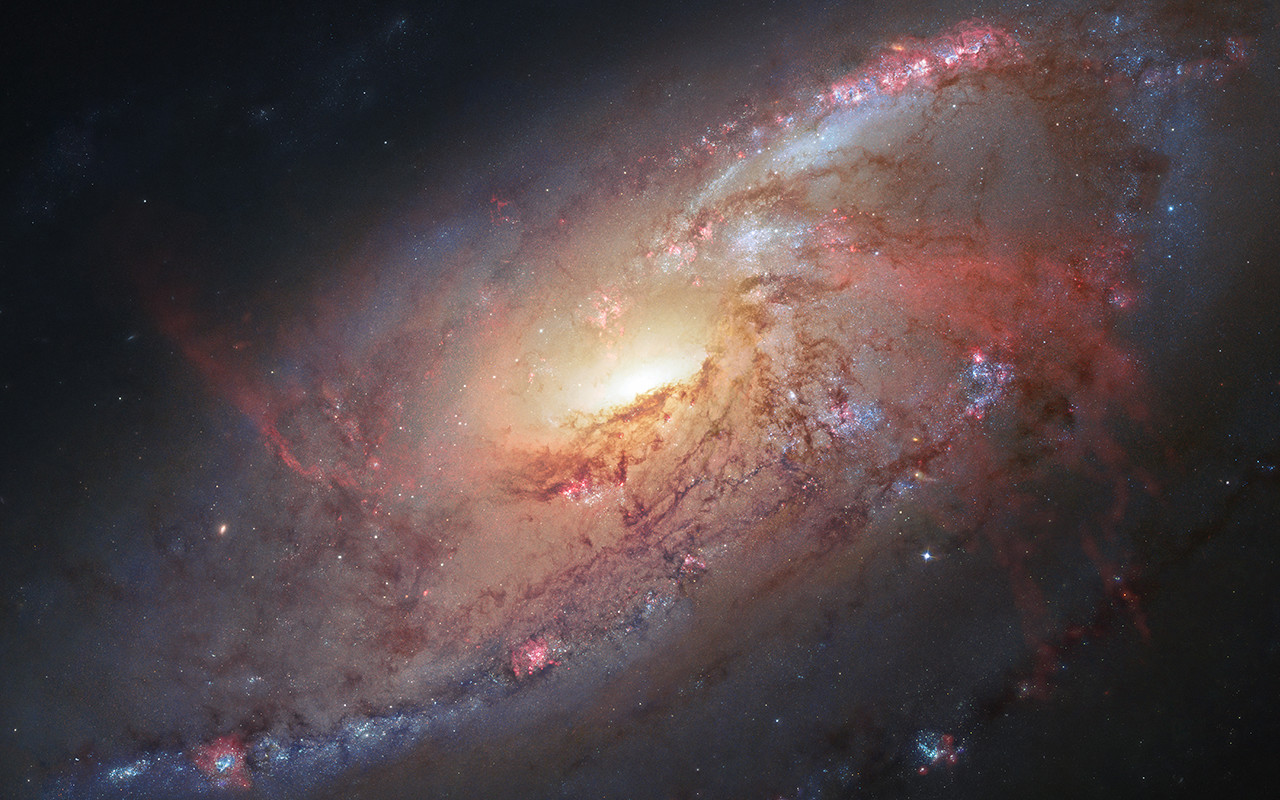Fear, Pleasure, and the Origins of Dark Matter
Patrick Fuery, Ph.D.
Freud showed constant awareness of the vagaries and complexities of distinguishing between terms such as ‘anxiety’, ‘terror’, and ‘fear’. When dealing with these psychical forces he tended to focus on anxiety, and this formed a key part of his theories of neurosis, psychosis, and hysteria. The famous case studies of Little Hans, Judge Schreiber, and Dora all have subtle unpickings of fear, but most are directed towards his goal of offering interpretation of those destabilized psychical states. So for us to grasp this psychoanalytic reading of fear, we need to attune our ear to the underside of anxiety.
That said, in keeping with Freud’s consistencies of allowing one thing only to evoke its seeming opposite, when we speak of fear in this context (of Freud, of anxiety, of psychical processes, of cultural manifestations) we can also speak of pleasure. That film you almost could watch, that novel that was almost enjoyable (except for the terror), that photograph that is far too unsettling – these are evocations of fear hooked into us through pleasure. This suturing of fear through pleasure is when these anxious moments are at their most compelling. Fear-pleasure and pleasure-fear are the combinations that are the most difficult because what we fear is straight-forward; when we seek those fears out (repeatedly) or discover that we are actually enjoying those fearful moments – this is a far more confronting aspect. I would suggest that part of the reason that we have fear built into our cultural texts (everything from films to literature to video games to theme park rides) is that this entwined relationship that fear and pleasure share is being worked out and managed. This is the hegemonic processes that allows us – and culture – to maintain control of the inherent relationship between the two. In other words, fear and pleasure are commonplace precisely because they are playing out an unconscious connection.
Think about a theme park ride that is sold as “the most terrifying experience of your life” – there is a good chance there is a two hour waiting line; or take this passage from Ann Radcliffe, The Romance of the Forest (1791): “He entered what appeared to have been the chapel of the abbey, where the hymn of devotion had once been raised, and the tear of penitence had once been shed; sounds, which now could be recalled only by imagination–tears of penitence, which had long since been fixed in fate. La Motte paused a moment, for he felt a sensation of sublimity rising into terror–a suspension of mingled astonishment and awe! He surveyed the vastness of the place, and as he contemplated its ruins, fancy bore him back to past ages. ‘And these walls,’ said he, ‘where once superstition lurked, and austerity anticipated an earthly purgatory, now tremble over the mortal remains of the beings who reared them!'” Why read this – it should not be at all pleasurable and yet on we read. The hegemony here is that we unconsciously understand that fear and pleasure are really not that distinct. Freud’s analysis of anxiety leads him to distinguish between ‘real’ anxiety – those things we should genuinely and understandably feel anxious about (guns, famine, Trump, and so on) – and those that do not have a legitimate threat. It is this second type that Freud sees as neurotic. For me, the entwined pleasure-fear construct means that the distinction between real and neurotic anxiety is similarly played out; only we are enticed by the idea that the more real a constructed (that is, cultural) fear is, the more pleasurable it becomes. Hence why we witness an ever-increasing move towards more fearful images and narratives.
Radcliffe mentions ‘sublimity’ and indeed the sublime is a crucial part of this fear-pleasure relationship.
Edmund Burke, in A Philosophical Enquiry into the Origin of our Ideas of the Sublime and Beautiful (1759) described it thus: “Whatever is fitted in any sort to excite the ideas of pain, and danger, that is to say, whatever is in any sort terrible, or is conversant about terrible objects, or operates in a manner analogous to terror, is a source of the sublime; that is, it is productive of the strongest emotion which the mind is capable of feeling. I say the strongest emotion because I am satisfied the ideas of pain are much more powerful than those which enter on the part of pleasure. Without all doubt, the torments which we may be made to suffer, are much greater in their effect on the body and mind, than any pleasures which the most learned voluptuary could suggest, or the liveliest imagination, and the most sound and exquisitely sensible body could enjoy.” Kant expressed the same sentiment – the sublime is that which causes the greatest fear/apprehension and yet pleasure at the same time. Perhaps the concept of the sublime offers us a theory to progress – fear-pleasure is the sublime because what we want in that combination is an emotional, affective sensation. It reaches the true sense of the sublime when we can’t really say if we are at that moment experiencing something painful or pleasurable. Beyond masochism (another story!), fear and pleasure combine precisely because what we experience is beyond representation. This lack of being represented (a key aspect of Kant’s theory on the sublime) is what the spectator/reader is drawn to, and the creator is most enticed by. It is also something that science is just catching up with when they discovered the still unseen dark matter of the Universe.
Provenance: Invited submission.
 Patrick Fuery is Dean of Wilkinson College of Arts, Humanities and Social Sciences. He was previously Reader in Film Studies at Royal Holloway, University of London, and Professor of Film and Cultural Studies, Sussex University. He is the author of 8 books, most recently Madness and Cinema. He is currently working on a book provisionally entitled The Body As/In Culture.
Patrick Fuery is Dean of Wilkinson College of Arts, Humanities and Social Sciences. He was previously Reader in Film Studies at Royal Holloway, University of London, and Professor of Film and Cultural Studies, Sussex University. He is the author of 8 books, most recently Madness and Cinema. He is currently working on a book provisionally entitled The Body As/In Culture.
“Spiral Galaxy M106” by Hubble Heritage is licensed under CC BY-SA 2.0.


No Comments